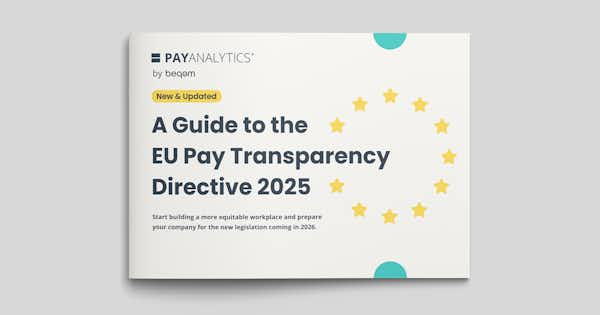A Guide to the EU Pay Transparency Directive 2025 | Download our eGuide for free

Can Pay Gap Analysis be the driver of equal opportunities in the workplace?
The unjustified pay gap between men and women is still present, and it seems that it will not go away without some focused efforts. Although countless studies and reports show that the gap is there, many still do not believe it impacts their own organisation. The EU Commission is increasingly communicating that the issue must be addressed. Some countries have begun the journey and have insights to share. Data analysis to determine the gap and structured implementation of measures to close the gap is increasingly used.
Dr Margrét Vilborg Bjarnadóttir will participate in this important event on the 29 June 2021.





